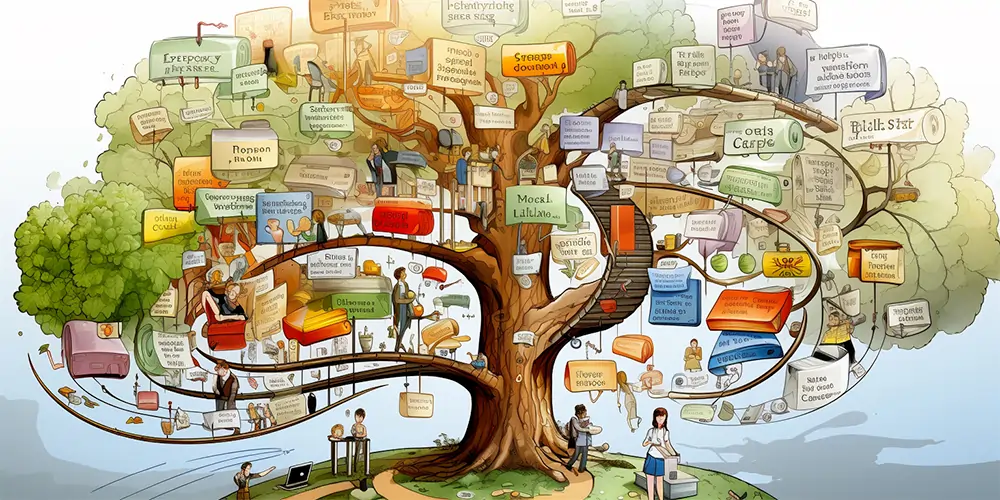“What if you could live forever, not in the physical world, but in a digital one?”
And…
“What if your thoughts, memories, and personality could be preserved beyond the confines of your biological body?“
Mind uploading is the idea of transferring human consciousness into a digital format. The process entails creating a digital duplicate of an individual’s mind, encompassing their memories, thoughts, and personality characteristics.
AI can be instrumental in understanding, simulating, and replicating the brain’s complex workings. By bringing together the biological brain and the digital realm, AI provides a promising avenue towards making mind uploading a reality.
The human desire for immortality
Throughout history, humans have been fascinated by the idea of immortality and the quest for eternal life.
Technology has redefined the way we perceive immortality, with the digital age opening up new possibilities and implications.
Consider, for example, research teams attempting to map and emulate the human brain—a feat that could potentially unlock the secrets of digital immortality.
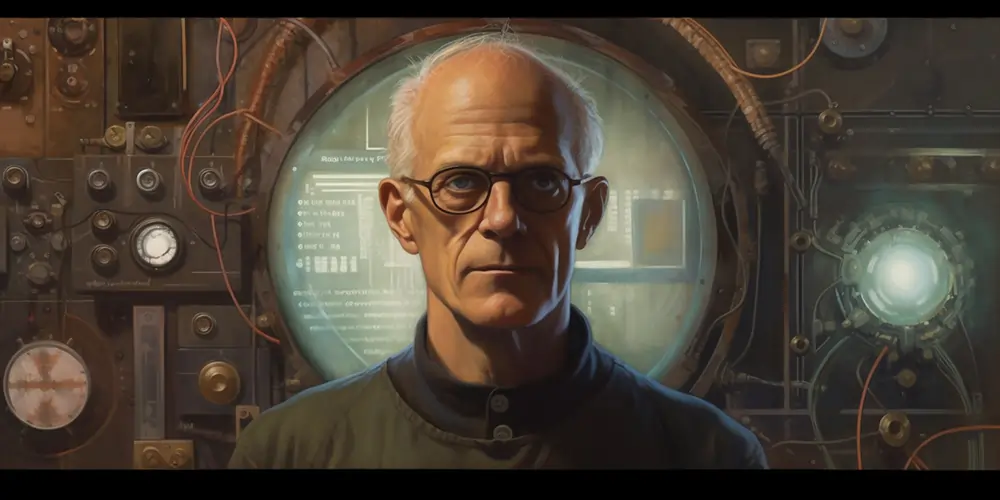
History and Development of Mind Uploading
“I am not a machine! I am… a consciousness! A mind!” – Arthur C. Clarke, Dial F for Frankenstein
Science fiction has long explored the concept of mind uploading.
Works like Arthur C. Clarke’s Dial F for Frankenstein, William Gibson’s Neuromancer, and films such as The Matrix and Transcendence have captivated audiences with their imaginative visions of consciousness transfer.
These creative depictions have significantly influenced public perception and interest in mind uploading.
Emergence of mind uploading as a legitimate scientific pursuit
The shift from fiction to reality began with visionary researchers who dared to imagine the possibility of mind uploading.
Marvin Minsky, a trailblazer in artificial intelligence, proposed the concept of ‘telepresence,’ which involved transmitting a person’s consciousness to a remote location. This concept laid the foundation for more advanced theories and technologies related to mind uploading.
A significant turning point occurred when scientists successfully mapped the neural connections in the brain of the nematode worm C. elegans, opening the door for further exploration of brain emulation.
Major milestones in neuroscience and computing
Revolutionary discoveries in neuronal imaging techniques, like fMRI and two-photon microscopy, have completely transformed our understanding of brain functions.
These advances have enabled researchers to visualise and map neural connections in unprecedented detail, paving the way for mind-uploading research.
The advancement of computational models has also been instrumental in simulating brain function.
From early neural network models to the cutting-edge algorithms of today, these simulations have brought us closer to emulating the human brain and its remarkable capabilities.
Development of AI and its contribution to mind-uploading research
Artificial intelligence has made great strides, achieving remarkable breakthroughs over time.
Notable milestones include:
- The development of artificial neural networks.
- The emergence of deep learning methods.
- The widespread adoption of reinforcement learning techniques.
These advancements have greatly influenced the pursuit of mind uploading, providing researchers with powerful tools to better understand, simulate, and potentially replicate brain functions.
As AI continues to evolve, its symbiotic relationship with mind-uploading research becomes increasingly evident.
Progress in one field often fuels breakthroughs in the other, leading to a cycle of mutual growth and innovation.
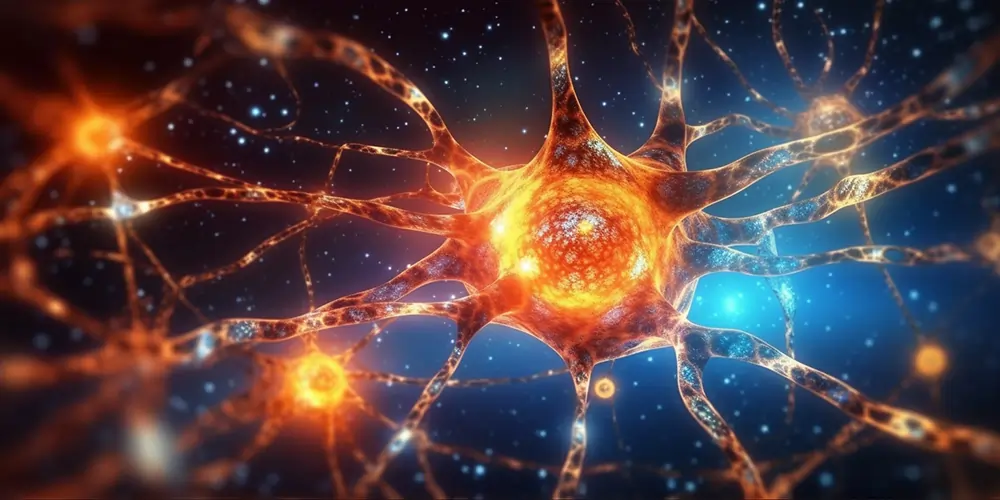
The Neuroscience of Mind Uploading
The human brain is often compared to a vast and intricate orchestra, with each part uniquely creating the symphony of our thoughts, emotions, and experiences.
Understanding the brain’s complex structure and organisation is crucial for achieving mind uploading.
The role of neurons, synapses, and neural connections
Neurons are the building blocks of our thoughts and experiences, communicating through electrical and chemical signals.
Imagine a bustling city where messages are constantly being exchanged, shaping the landscape of our unique cognitive abilities.
Synapses and neural connections are the roads and intersections that facilitate this exchange, weaving an intricate network known as the human connectome.
Key challenges in mapping and simulating the human brain
Mapping the human brain is akin to exploring uncharted territory, with each new discovery revealing previously hidden complexities.
One notable challenge researchers have faced is visualising the brain’s vast array of neural connections. Scientists are gradually overcoming these obstacles through innovations like the Human Connectome Project.
Current technology still has limitations, and ethical concerns, such as the potential for brain data misuse, add to brain research’s complexity.
Nevertheless, researchers continue to push boundaries, working to balance the pursuit of knowledge with responsible scientific practices.
Brain-Computer Interfaces (BCIs)
BCIs enable direct communication between the brain and digital devices and have shown great potential for advancing mind uploading.
For example, the company Neuralink has made headlines with its ambitious plans to develop implantable BCIs capable of high-speed data transfer.
There are various types of BCIs, with applications ranging from medical treatments for neurological disorders to immersive entertainment experiences in virtual reality.
As BCI technology continues to advance, it brings us closer to realising the dream of mind uploading.
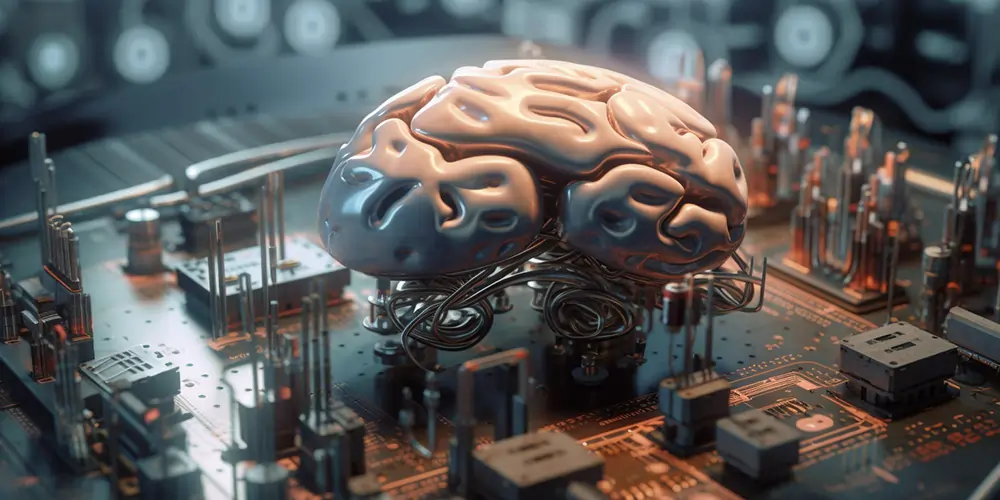
The Role of Artificial Intelligence in Mind Uploading
AI algorithms for modelling brain function
Think of neural network-based models as digital artists, skilfully emulating the brain’s intricate workings through complex calculations.
Deep learning and reinforcement learning algorithms contribute to our understanding and replication of the brain by continuously refining their techniques.
Real-life examples, such as AlphaGo‘s groundbreaking victory over a human Go champion, demonstrate AI-driven breakthroughs that bring us closer to mind uploading.
Machine learning and its application in neural simulations
Unsupervised learning, like a detective analysing clues, uncovers hidden patterns and connections in brain data.
One example of supervised learning in neuroscience is the development of predictive models for diagnosing neurological disorders, showcasing the potential of AI and neuroscience collaboration.
AI-enhanced BCIs for seamless integration
Adaptive algorithms act as skilful interpreters, facilitating real-time interaction between the brain and digital systems. Machine learning techniques play a vital role in improving BCI performance, tailoring the user experience to individual needs.
The future possibilities of AI-enhanced BCIs are vast, with the potential to enable mind uploading and digital consciousness.
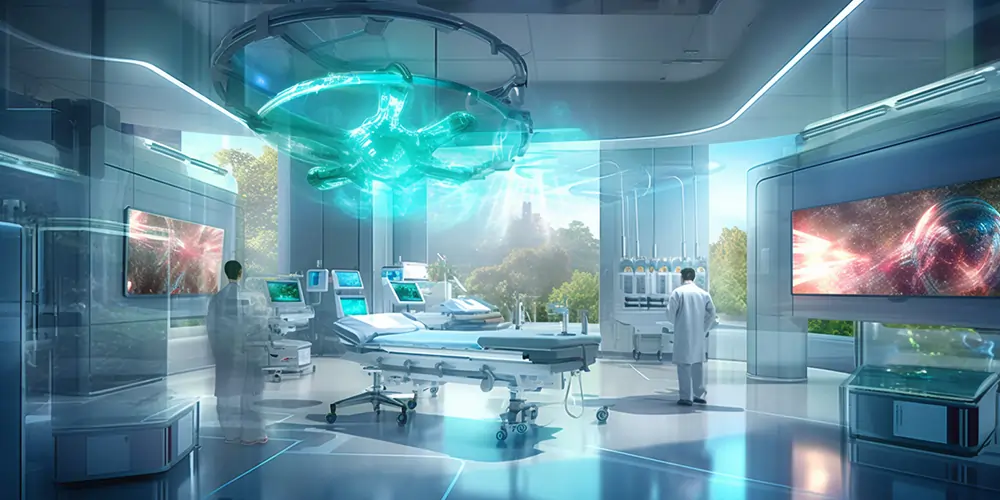
Approaches to Mind Uploading
Whole brain emulation (WBE)
Just think of the whole brain emulation as a meticulous sculptor, replicating every detail of the brain’s structure and function.
WBE leverages advanced imaging and computational techniques to create a digital replica of the entire brain.
Research is the simulation of the C. elegans worm’s neural network showcases the potential of WBE in mind uploading.
Gradual mind uploading
Envision gradual mind uploading as a careful surgeon, progressively replacing biological neurons with artificial ones, maintaining the continuity of consciousness.
This approach’s potential advantages include preserving personal identity and easing the transition to a digital existence. However, challenges and limitations arise, such as the compatibility between biological and artificial neurons and the uncertainty of retaining subjective experiences.
Brain-computer hybrid systems
Brain-computer hybrids, like the Neuralink device, serve as ambassadors between biological and digital consciousness.
These systems have the potential to facilitate mind uploading while enhancing human cognition through seamless integration with digital systems. By bridging the brain and technology gap, they open up exciting possibilities for the future of mind uploading.
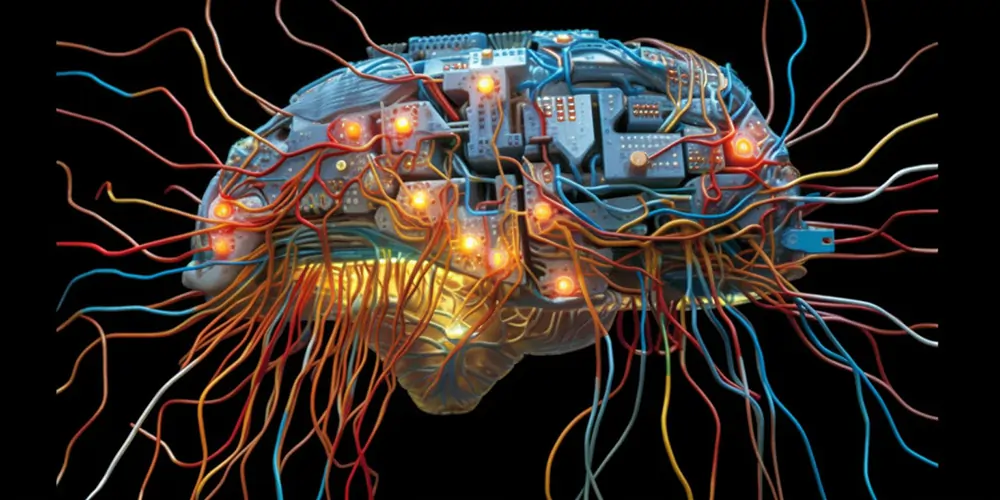
Comparing Approaches to Mind Uploading
In comparing whole brain emulation, gradual mind uploading, and brain-computer hybrid systems, it’s important to weigh the strengths and weaknesses of each approach.
Whole brain emulation
Whole brain emulation offers the possibility of creating a complete digital replica of the human brain, enabling the preservation of an individual’s consciousness in a digital form. However, WBE faces immense challenges in capturing the entire brain’s complexity.
The technology for accurately emulating the human brain is still in its infancy.
Gradual mind uploading
Gradual mind uploading focuses on the steady replacement of biological neurons with artificial ones, offering a potentially smoother transition and maintaining the continuity of consciousness.
While this method may offer a way to safeguard personal identity and subjective experiences, the extent to which biological and artificial neurons are compatible remains uncertain, and the long-term impact of this approach on consciousness is largely unknown.
Brain-computer hybrid systems
Brain-computer hybrid systems bridge the gap between biological and digital consciousness by allowing seamless interaction between the brain and digital systems.
These systems can enhance human cognition and potentially pave the way for mind uploading. However, they also raise ethical questions about human autonomy and the possibility of malicious exploitation.
Assessing each method’s practicality requires considering our current scientific knowledge and technological capabilities.
Advancements in neuroscience, AI, and brain-computer interfaces are rapidly changing the landscape. The most viable approach may shift as these fields continue to evolve.
As researchers continue to push the boundaries of mind uploading, engaging in an ongoing dialogue that grapples with these complex and profound questions is essential.
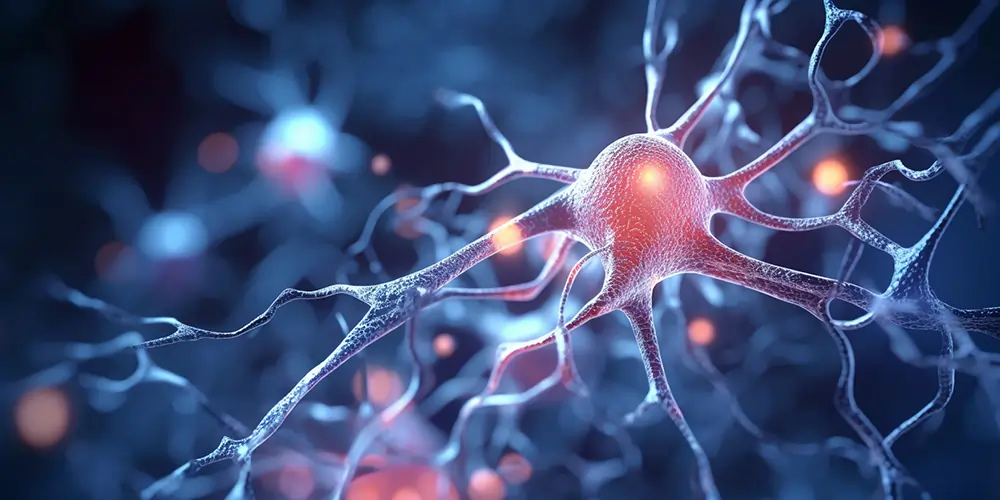
AI’s Role in Advancing Mind Uploading
Consider a future where AI and mind uploading have merged seamlessly, bringing about digital immortality and fundamentally transforming our way of living, learning, and engaging with the world.
In this future, the collaborative efforts of advanced AI algorithms and cutting-edge neuroscience may unlock the full potential of the human mind in the digital realm.
Advancements in AI, such as neural network models that more accurately emulate brain function, could play a pivotal role in bringing mind uploading to fruition.
As AI algorithms grow more sophisticated, they may allow for increasingly accurate simulations of neural connections, enabling more realistic digital replications of human consciousness.
Brain mapping, simulation, and neural interfaces
Future AI developments could revolutionise brain mapping and simulation by enabling researchers to uncover previously hidden patterns and connections within the brain.
Additionally, AI neural interfaces may facilitate seamless integration between biological brains and digital systems, opening the door for more effective mind-uploading methods.
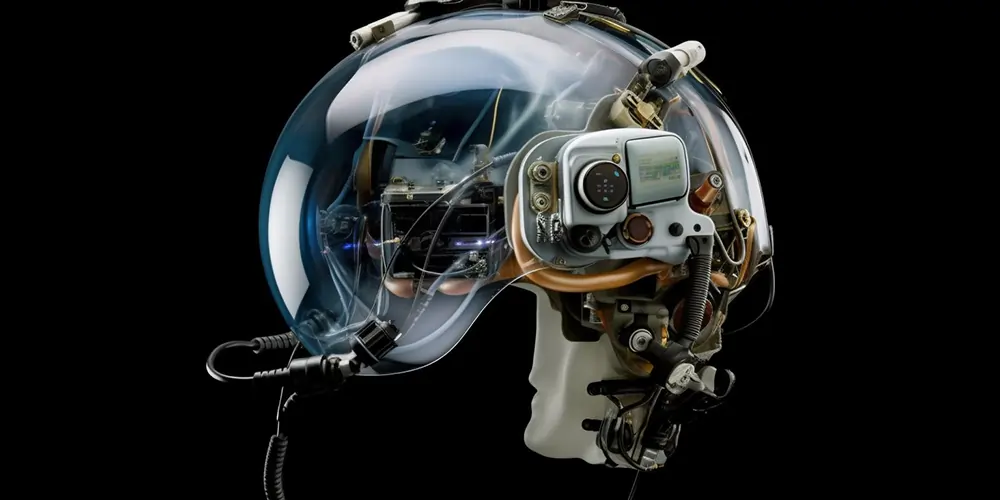
Potential Applications and Implications of Mind Uploading
If mind uploading becomes a reality, it has the potential to transform various fields in numerous ways.
Here are some possible scenarios:
Medicine
Mind uploading, if it ever becomes a reality, could potentially bring about a revolution in medicine by facilitating advanced treatments for neurological disorders.
This would be achieved by better understanding the brain functions that mind uploading could provide. Personalised medicine could become more prevalent, as it could cater to the unique needs and attributes of an individual’s mind.
Education
The educational landscape could be reshaped, as it would enable the creation of customised learning experiences.
In this way, educators could design curricula aligning with each student’s learning styles and aptitudes. Moreover, it would increase the accessibility of education, permitting students to participate in classes and learning activities from any location worldwide.
Entertainment
Thanks to mind uploading, the entertainment industry could witness the emergence of deeply immersive, interactive virtual worlds.
These environments could offer users the opportunity to explore various realities and situations. Additionally, people can digitally interact with departed loved ones, providing consolation and support during grieving.
Space exploration
Space exploration could advance by permitting astronauts to transfer their consciousness into digital forms. This would allow them to traverse immense distances across space and investigate remote planets and galaxies.
Artificial Intelligence
Artificial intelligence could be accelerated by mind uploading, as it would facilitate machines in learning from and adapting to human cognition more effectively.
As mind uploading continues to shape human society, it will raise profound ethical and philosophical questions.
What does it mean to be human where minds can be uploaded and replicated?
How can we balance the desire for digital immortality with concerns about privacy, autonomy, and inequality?
Understanding of life and death
If mind uploading is successfully implemented, it could redefine our understanding of life and death, challenge the concept of personal identity, and blur the lines between the physical and digital realms.
As we grapple with these profound questions, human society and culture could undergo irreversible changes that are difficult to foresee.
Collaboration between AI and neuroscience research
The pursuit of mind uploading requires an interdisciplinary approach that brings together AI and neuroscience researchers. By combining their expertise, these scientists can better understand and overcome the challenges that stand in the way of achieving digital immortality.
Collaborations have already led to exciting developments, such as AI brain mapping techniques and advanced neural simulations.
Through these collaborative efforts, we can hope to accelerate the progress in the field and come closer to the possibility of achieving digital consciousness, a dream that many have envisioned.
Interdisciplinary research in AI and neuroscience offers enormous potential for advancing mind uploading but also presents challenges.
These include bridging gaps in knowledge and methodologies, fostering effective communication, and navigating ethical concerns.
By embracing interdisciplinary collaboration, researchers can work together to overcome these challenges and unlock the full potential of mind uploading.
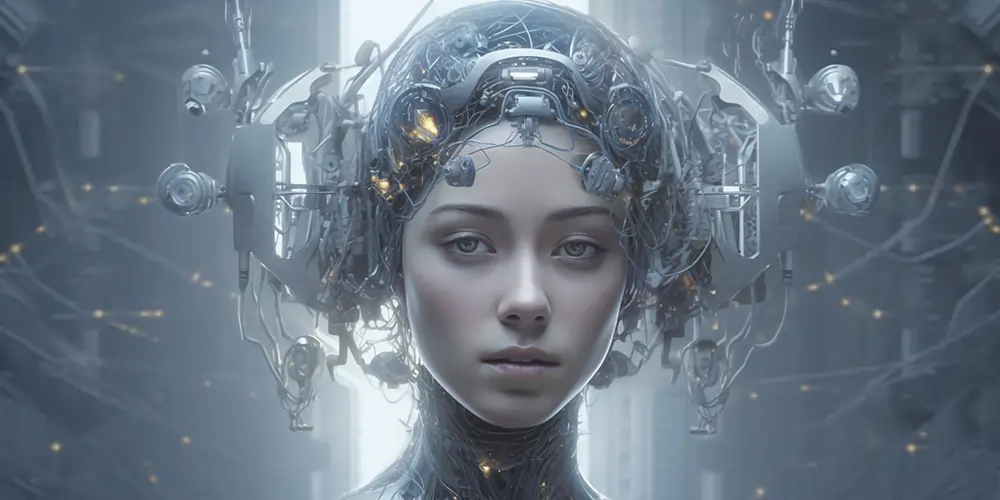
Conclusion
We have taken a glimpse into mind uploading and the significant role that AI and neuroscience play in realising this concept.
From the historical development of mind uploading to the different approaches and challenges, we have highlighted the significance of this technology in the quest for eternal life in a digital world.
Potential benefits and challenges
Mind uploading offers many potential benefits, including life extension, enhanced cognitive capabilities, and expanded human experiences.
Nevertheless, this concept also poses significant ethical and societal challenges, such as the issues surrounding personal identity, equitable access to technology, and concerns about privacy.
As we head deeper into the possibilities of mind-uploading and its potential in our lives, we must consider the ethical and philosophical implications.
We encourage readers to consider their own perspectives and engage in conversations about the moral aspects of pursuing digital immortality.
Responsible research and development
The pursuit of mind-uploading must align with societal values and ethical principles.
It is crucial to ensure that researchers and developers work responsibly, considering the potential consequences of their work and prioritising the well-being of humanity.
Ethical considerations in using AI for mind uploading
The fusion of AI and human minds raises important questions about human autonomy and the ethical concerns surrounding it.
Responsible AI development in the context of mind uploading requires a careful examination of various perspectives and ethical frameworks.
Achieving mind uploading could have profound implications for the future of humanity.
Embracing the potential of this transformative technology requires us to consider its extensive impact on society, relationships, and our perception of humanity.
Mind uploading and the quest for everlasting life evoke a profound insight from physicist Max Planck:
“When you change the way you look at things, the things you look at change.”
In navigating the unexplored territory of digital immortality, it is crucial to approach it with curiosity and an openness to its potential.




